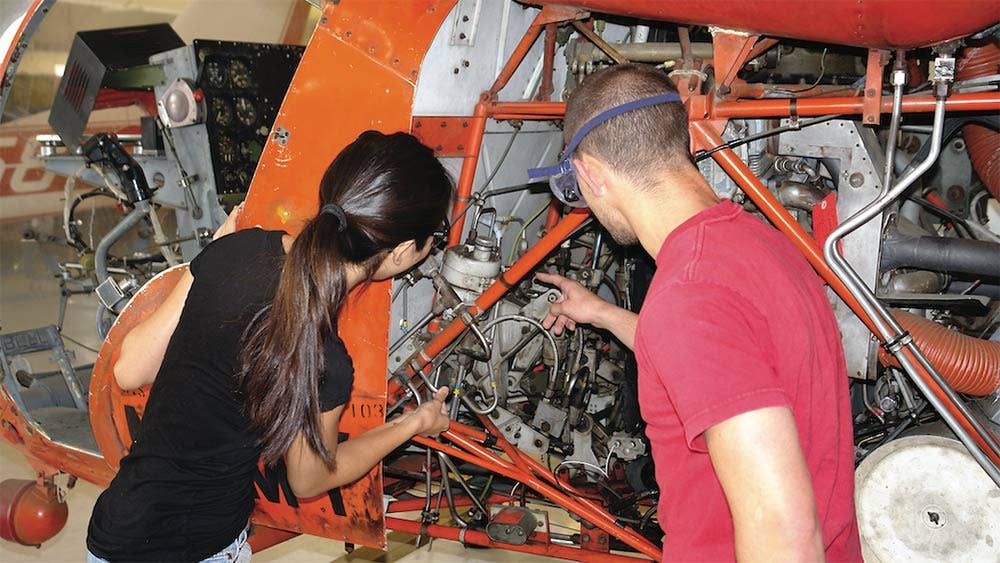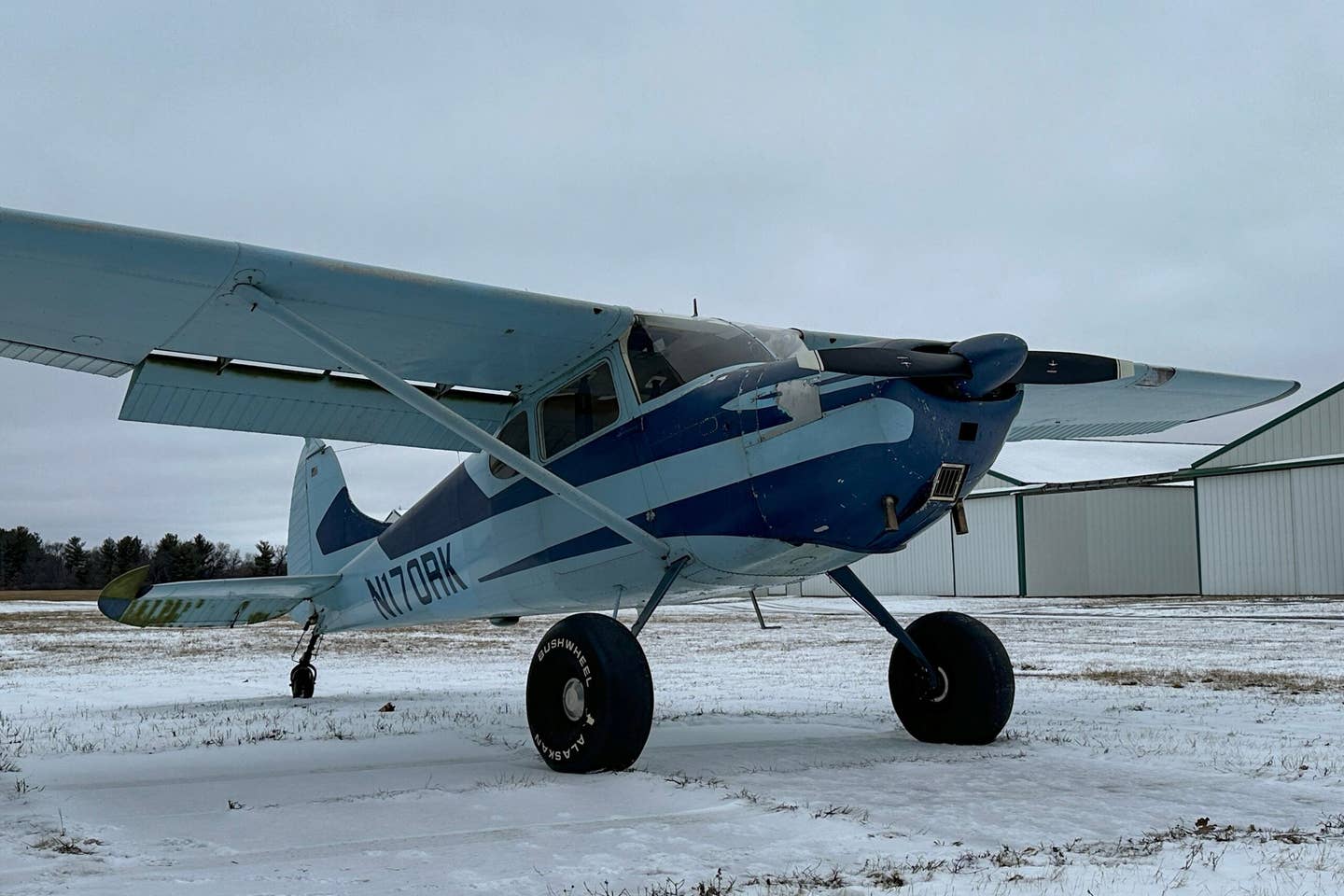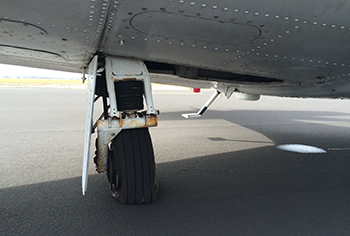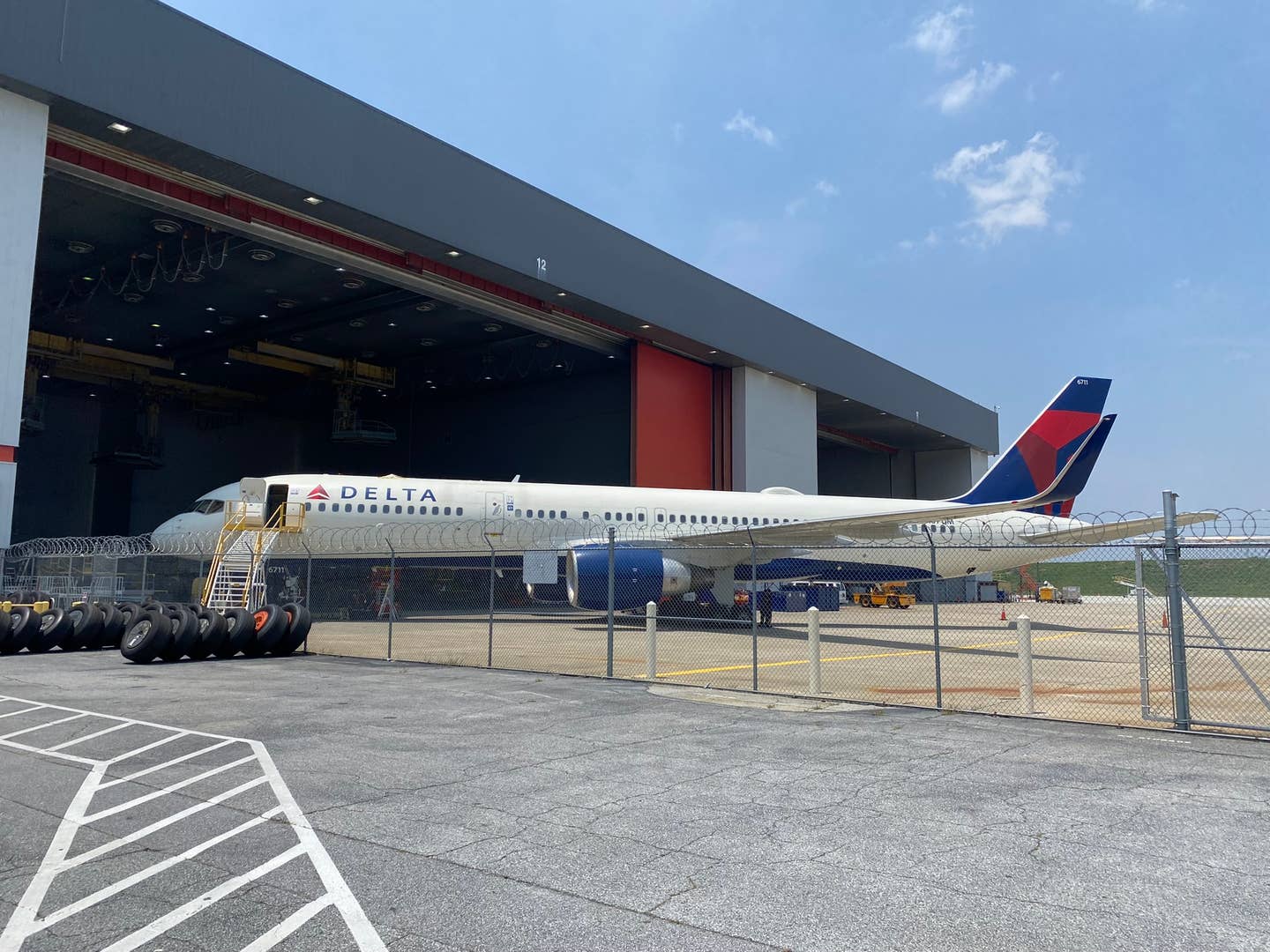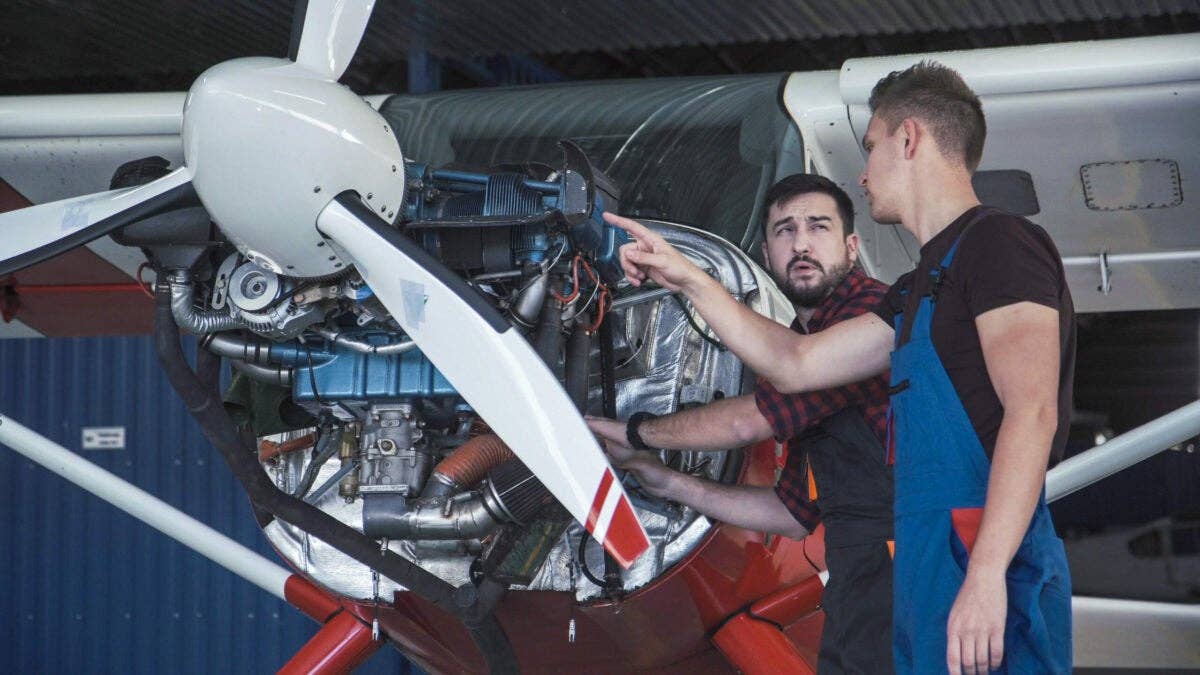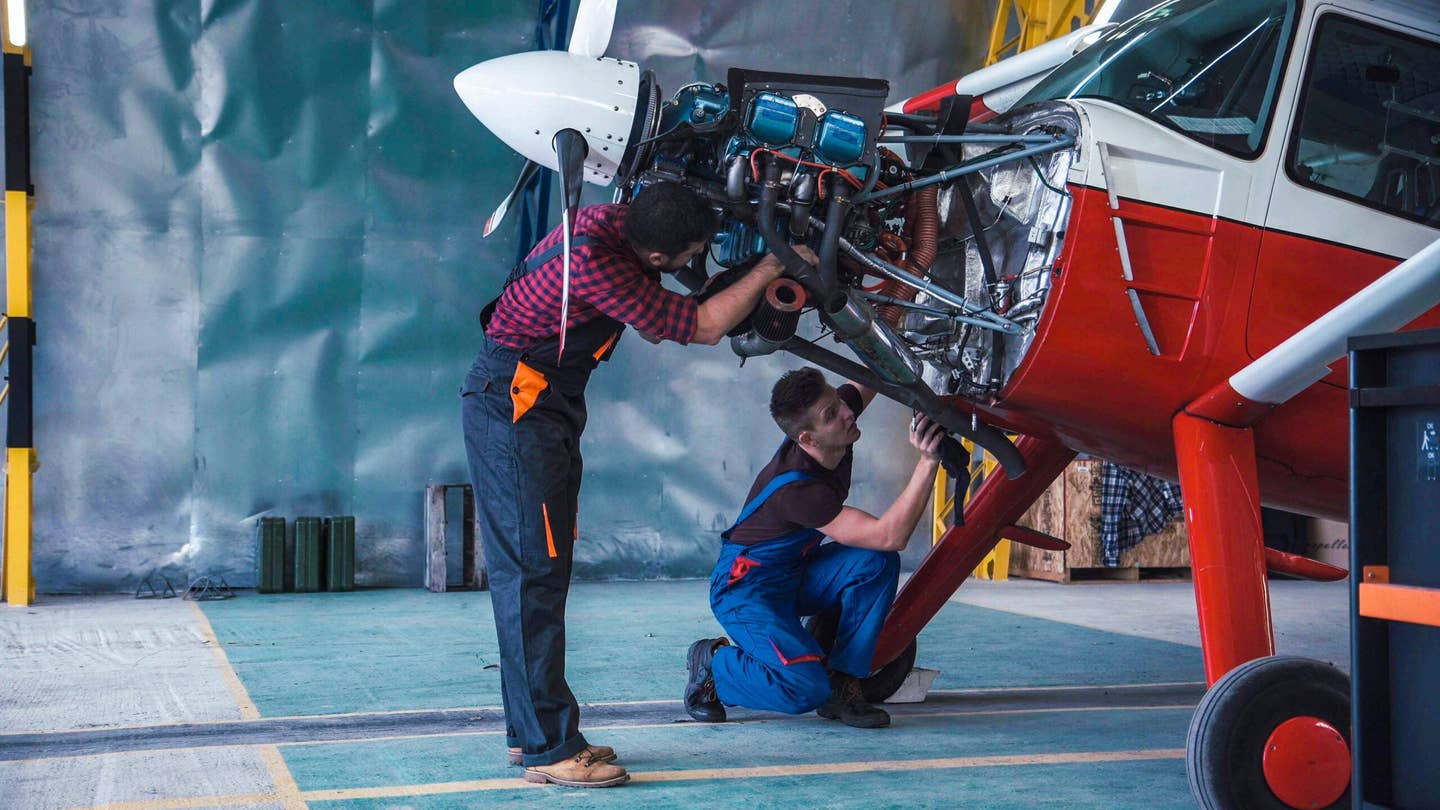Intro to Aviation Spark Plugs
Bruce Springsteen got it right: You can’t start a fire without a spark.
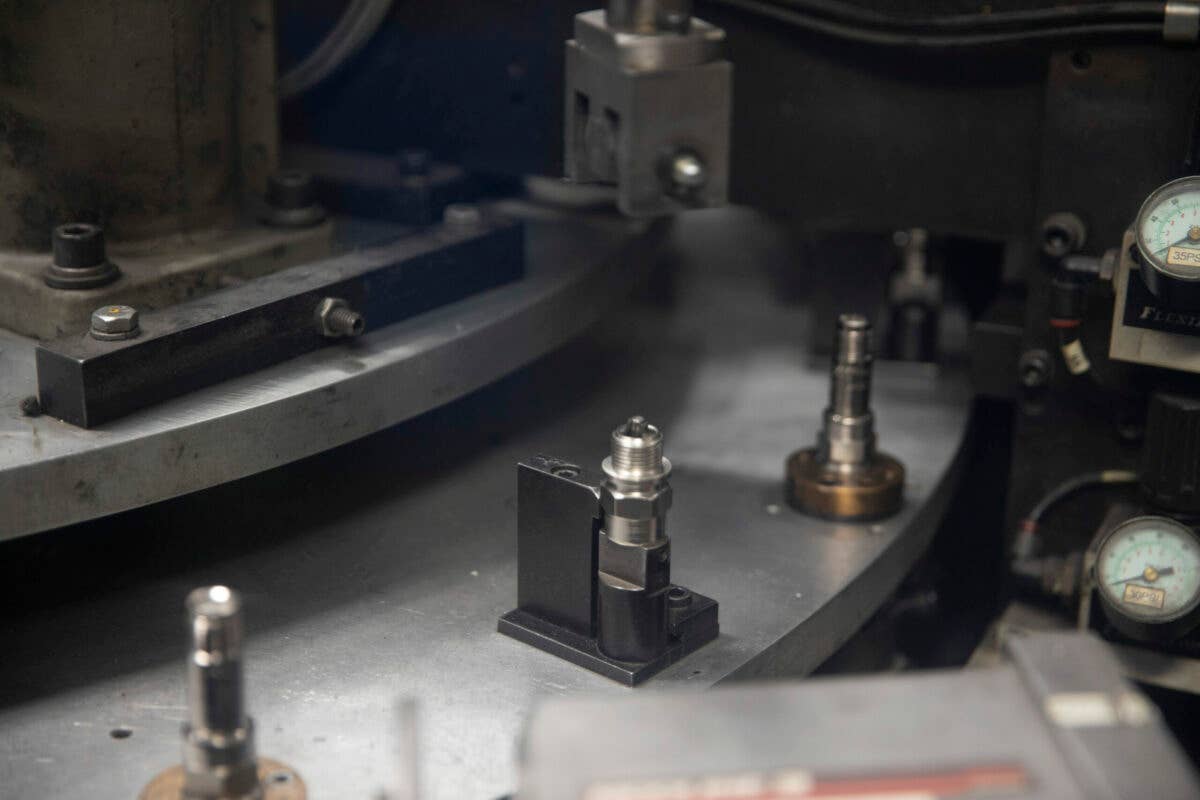
Tempest Aero Group is one of the companies that manufactures aviation spark plugs. [Credit: Tempest Aero Group]
Modern aircraft are technological wonders. This is a fact we can all agree on. Once you move past that point, however, the opinions start flying. One key point is that no one is going anywhere until you start the airplane. For that, we look to the late 20th century poet and philosopher Bruce Springsteen, who famously said, “You can’t start a fire without a spark.” Today, we talk about aviation spark plugs.
Why Spark Plugs Are Important
This is one area where pilots and airframe and powerplant (A&P) mechanics can find common ground. There is a lot of truth in what “The Boss” sings about. Nothing happens without the spark. The FAA ensures prospective A&P mechanics are well-versed in spark-o-matics.
In the FAA publication, FAA-S-ACS-1 Aviation Mechanic General, Airframe, and Powerplant Airman Certification Standards, the Feds indicate the need for mechanics to possess spark plug theory knowledge. Additionally, prospective A&P mechanics must demonstrate the aptitude needed to remove, clean, and install spark plugs under the skills section. This includes inspecting and checking the gap of spark plugs, and they must identify the correct spark plugs used for replacement installation.
Earlier this year, we discussed the level of aircraft maintenance owner-operators could perform independently. A quick look at the list shows item 20: "Replacing or cleaning spark plugs and setting of spark plug gap clearance.” With great power comes great responsibility. The FAA publishes a fantastic publication entitled FAA Safety Briefing. I ran across an article in the March/April 2010 edition about pilots performing preventative maintenance on spark plugs. A point they make is to be sure not to overtighten the plug inside the engine cylinder, which could cause damage to both the plug and engine.
Old School Plug Maker
Aviation spark plug manufacturers have produced plugs for almost as long as we’ve had aircraft. Champion Aerospace touts on its historical page that the Wright brothers’ historic first flight “predates Champion’s entry into the aviation industry by only a short time.” Initially, Champion used automotive spark plugs and adapted them for aircraft use. In the 1920s, Champion began the development of spark plugs specifically for the aviation industry. The company continued to improve products throughout the early part of the 20th century.
Here is a fun fact: The Wright Flyer’s engine didn’t have spark plugs. Smithsonian's National Air and Space Museum diagram of the 1903 Wright Flyer engine mentions that engine ignition came from opening and closing two contact breaker points in the combustion chamber of each cylinder. Four dry-cell batteries provided the spark to start the engine via a coil.
Champion Aerospace, a mainstay for automotive and aviation spark plugs/ignitors, is instantly recognizable by its red, black, and white “bow tie” logo. I have a Champion-branded tool cabinet in my workshop/garage inherited from my dad, who won it in a sales promotion in the 1970s.
Do you recall when I mentioned A&P mechanics needing to identify the correct spark plug for the application? So, how does one achieve such a feat? With manufacturers’ technical publications. Champion posts its Aviation Catalog AV-14 on the interwebs for any and all to use. It is a great resource, and I recommend all aviation professionals download a copy and keep it in their digital toolbox.
New Kids on the Block
For my FLYING print edition readers, you are most likely saying, “What about Tempest Aero Group?” From the rolling hills of North Carolina, Tempest Aero Group is taking aviation by storm, one part and component at a time. In 2010, Tempest acquired Unison Industries’ aviation spark plug, previously marketed under the Autolite brand.
Once Tempest arrived on the scene, it wasted no time making a difference in the aftermarket. I visited the factory in March and saw firsthand the attention to detail that the Tempest team put into each spark plug. Some will say that aerospace manufacturing is slowing in the U.S., but not at Tempest. Each spark plug is made in North Carolina and ready for immediate shipment.
Tempest Aero Group also publishes technical data, including its version of an application guide, and more. I used Tempest plugs at my Part 145 engine shop and they performed well. We never had an ounce of trouble in the decade I owned the shop. Aviation folks are very brand loyal, but at the end of the day, only products that perform will last. As for Autolite Annie, I am afraid she will stay retired. Permanently.
Thanks for tuning in this week for an introduction to aviation spark plugs. We are just getting started, and in the months to follow, I will highlight the different styles of plugs, the care and keeping of aircraft spark plugs, and special tooling you can deploy to keep your ignition system sparking on time. Coming soon, we will discuss the cool things going on over at Electroair with electronic ignition.

Sign-up for newsletters & special offers!
Get the latest FLYING stories & special offers delivered directly to your inbox

